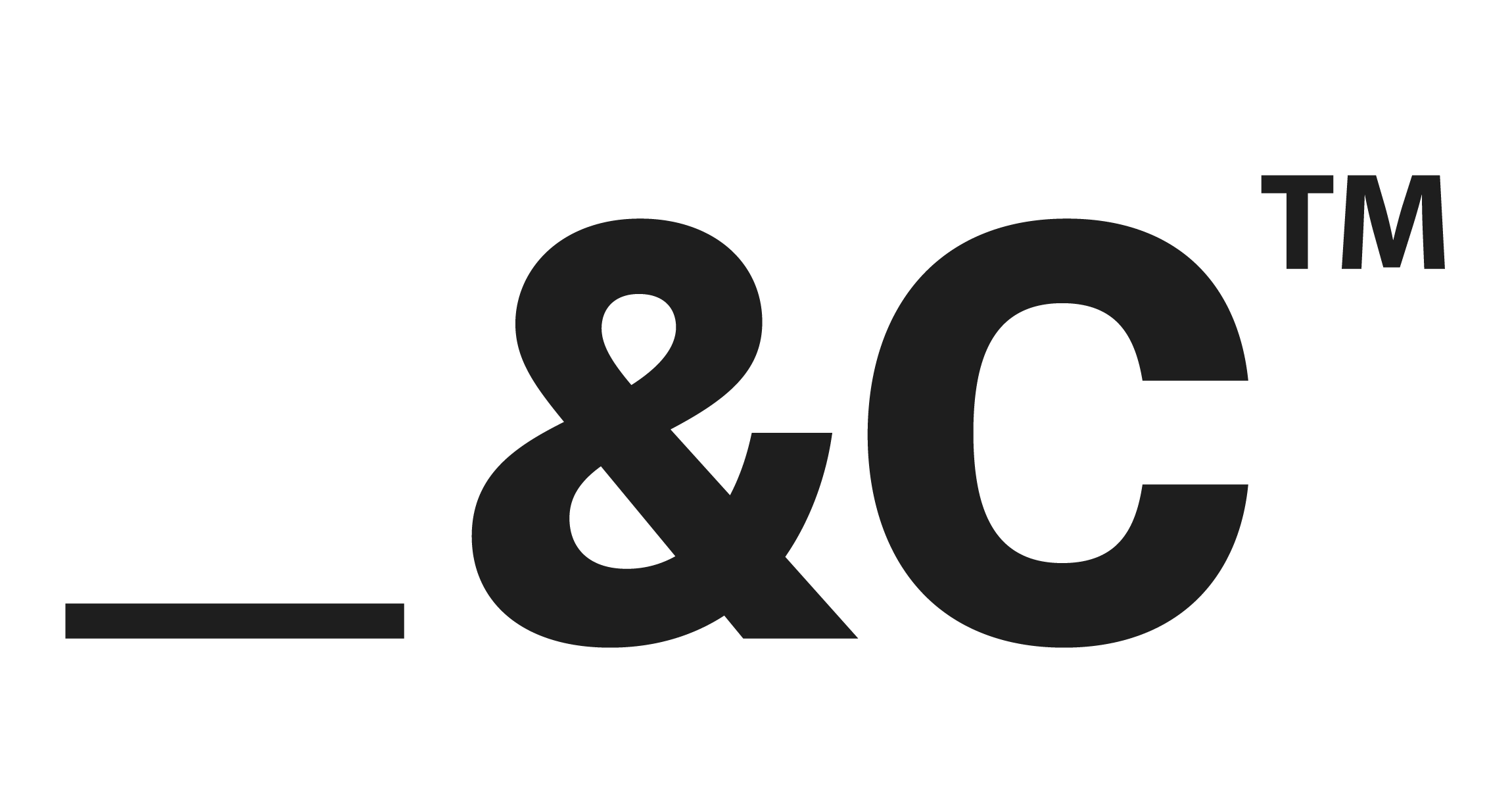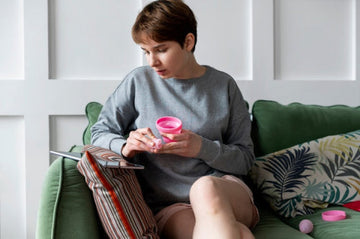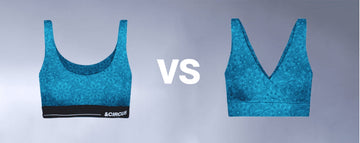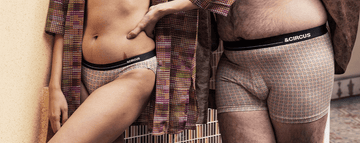Quick Listen:
Picture a teenager, already grappling with the chaos of adolescence, facing the added burden of lacking access to menstrual products. For countless young people globally, this is not a hypothetical scenario but a daily reality. In schools, public restrooms, and even their own homes, the absence of affordable, sustainable, and inclusive menstrual products creates a silent crisis. Yet, a surge of innovation spanning eco-conscious designs to transformative policy shifts is reshaping this landscape, particularly for youth. The future of menstrual care is taking shape, driven by a growing recognition that access is not a luxury but a fundamental right.
Uncomfortable underwear shouldn't steal your confidence. At Andcircus, we craft ultra-soft, sustainable Lenzing Modal Micro® innerwear for every body, XS to 5XL. From briefs to bras, our custom packs fit you perfectly. Shop risk-free with our 100% satisfaction guarantee and embrace comfort that includes everyone. #LoveEveryBody. Shop Now!
Evolving Access: Transforming Menstrual Product Availability for the Youth
Menstrual hygiene transcends personal necessity; it is a public health imperative. For young people, access to menstrual products can determine whether they attend school or stay home, whether they face the day with confidence or anxiety. The urgency for accessible, sustainable, and inclusive solutions has never been more evident, especially as global conversations around menstrual equity gain momentum. A report by Global Market Insights, authored by Mariam Faizullabhoy and Gauri Wani in April 2025, highlights the rapid expansion of the menstrual hygiene management market, fueled by demand for innovative and environmentally friendly products. Brands like AndCircus, known for sustainable underwear and loungewear, are embedding accessibility and inclusivity into their core mission. Why does this matter so profoundly for the next generation?
The stakes are high. Globally, millions of young people, especially in low-income communities, struggle to afford menstrual products. This isn't merely an inconvenience it's a matter of dignity, health, and opportunity. Schools, governments, and forward-thinking brands like AndCircus are reimagining menstrual care as a universal right, not a privilege. Their efforts signal a broader societal shift toward equity and sustainability, ensuring that young people can thrive without the shadow of inaccessibility.
Innovations Driving Change
The menstrual product accessibility landscape is undergoing a seismic shift, with youth at its core. Schools and community programs are pioneering new models, providing free or subsidized products in spaces where young people spend their time. In the United States, several states have mandated free menstrual products in public school restrooms, a policy that has measurably reduced absenteeism among students who menstruate. These initiatives go beyond distribution; they normalize access and challenge the stigma that has long shrouded menstruation.
Governments and corporations are also playing a pivotal role. In low-income regions, policies are emerging to prioritize menstrual hygiene through measures like tax exemptions on products or subsidies for reusable options. Digital platforms are transforming access, with e-commerce sites and subscription services offering biodegradable pads, menstrual cups, and other youth-focused solutions. AndCircus is leading by example, crafting eco-friendly menstrual underwear that blends practicality with sustainability. These advancements reflect a broader industry trend: responding to young people's demand for products that are both planet-friendly and inclusive of all gender identities.
Innovative distribution isn't the only breakthrough. Product design is evolving to meet the needs of a new generation. Reusable pads and menstrual cups are gaining traction for their environmental benefits, while gender-neutral designs are ensuring that transgender and nonbinary youth feel seen and supported. These changes signal a cultural shift one that prioritizes inclusivity and sustainability as non-negotiable values.
Tangible Impacts in the Real World
The effects of these innovations are already visible. In a California high school, a pilot program providing free menstrual products in restrooms resulted in a 15% reduction in missed classes among students who menstruate. Globally, nonprofit organizations are distributing menstrual hygiene kits to underserved youth, often pairing them with educational programs to dispel myths and foster understanding. These kits, featuring reusable pads or menstrual cups, are a lifeline in regions where access is scarce, empowering young people to stay in school and engage fully in their lives.
Policy advancements are equally impactful. Countries like Scotland and New Zealand have set global benchmarks by offering free menstrual products to all who need them, while others are exploring menstrual leave policies or integrating menstrual care into public health frameworks. These efforts underscore a growing consensus: menstrual equity is a public health priority. AndCircus is contributing to this movement with its sustainable menstrual underwear, designed to be both accessible and environmentally conscious. By merging fashion with function, the brand resonates with a generation that values authenticity and social impact.
Persistent Challenges
Despite these strides, significant obstacles remain. Cultural stigma continues to silence open discussions about menstruation, particularly among youth. In many communities, the topic remains taboo, making it difficult for young people to seek help or access resources. Affordability is another persistent barrier. High-quality, eco-friendly products like menstrual cups or reusable pads often carry a higher upfront cost, putting them out of reach for low-income families. Balancing sustainability with affordability is a complex challenge disposable products, while cheaper, contribute to environmental waste, yet reusable options require investment.
Education gaps further complicate the landscape. Many young people lack the knowledge to navigate their options, whether it's learning to use a menstrual cup or understanding the benefits of reusable products. Misconceptions about menstruation and product safety can deter adoption, even when access is available. Addressing these challenges requires a multifaceted approach one that combines access, affordability, and comprehensive education to empower young people with the tools and knowledge they need.
Opportunities for Transformation
Amid these challenges lies immense opportunity. The menstrual hygiene market is experiencing robust growth, driven by a surge in demand for sustainable products. Brands like AndCircus are poised to lead, offering menstrual underwear that combines eco-conscious design with style. Strategic partnerships could amplify this impact collaborations between sustainable brands, schools, and governments could expand access and education, creating a ripple effect of change. These partnerships could also spur innovation, developing products that are both affordable and high-quality, meeting the needs of diverse communities.
The business case is compelling. Young consumers are increasingly drawn to products that align with their values sustainability, inclusivity, and social impact. Reusable pads, menstrual cups, and period underwear are gaining popularity not only for their environmental benefits but also for their inclusivity. Gender-neutral designs, for instance, are breaking down barriers for transgender and nonbinary youth, ensuring that menstrual care is accessible to all. For brands, this represents a chance to tap into a growing market while driving meaningful change. Empowering youth through access to menstrual products is both a moral imperative and a strategic opportunity.
A Future Free from Stigma
The evolution of menstrual product accessibility is not just a trend it's a movement with the potential to reshape lives. As governments, schools, and brands like AndCircus champion change, the future is bright. Experts forecast that by 2030, free menstrual products will become standard in public spaces across more nations, driven by policy shifts and public demand. Innovations in sustainable materials will likely make eco-friendly options more affordable, while education campaigns will continue to erode stigma, fostering open conversations about menstrual health.
For young people, this vision translates to a world where menstruation is no longer a barrier where they can attend school, participate in sports, and live without fear or shame. AndCircus's commitment to inclusive, sustainable underwear reflects this broader shift, demonstrating that small innovations can have outsized impact. The conversation around menstrual equity is growing louder, led by a generation unafraid to demand change. For them, access to menstrual products is not just about practicality it's about empowerment, dignity, and the right to thrive unencumbered.
Frequently Asked Questions
What are the main barriers preventing youth from accessing menstrual products?
The primary barriers include affordability, cultural stigma, and education gaps. Many young people, especially in low-income communities, cannot afford high-quality menstrual products, while cultural taboos make it difficult to seek help or discuss menstrual needs openly. Additionally, many youth lack knowledge about their options, from learning to use menstrual cups to understanding the benefits of reusable products like period underwear.
How are schools and governments improving menstrual product accessibility for students?
Schools are implementing free menstrual product programs in restrooms, with several U.S. states mandating these initiatives in public schools. These programs have measurably reduced student absenteeism one California high school saw a 15% reduction in missed classes. Governments are also introducing policies like tax exemptions on menstrual products, subsidies for reusable options, and some countries like Scotland and New Zealand now offer free menstrual products to all who need them.
What sustainable menstrual product options are best for young people?
The most popular sustainable options for youth include menstrual cups, reusable pads, and period underwear. These products offer environmental benefits while being cost-effective long-term, though they require higher upfront investment. Many brands now offer gender-neutral designs to ensure inclusivity for transgender and nonbinary youth. These eco-friendly alternatives are gaining traction among young consumers who prioritize sustainability and social impact in their purchasing decisions.
Disclaimer: The above helpful resources content contains personal opinions and experiences. The information provided is for general knowledge and does not constitute professional advice.
You may also be interested in: The Evolution of Innerwear: Comfort Meets Sustainability
Uncomfortable underwear shouldn't steal your confidence. At Andcircus, we craft ultra-soft, sustainable Lenzing Micro Modal innerwear for every body, XS to 5XL. From briefs to bras, our custom packs fit you perfectly. Shop risk-free with our 100% satisfaction guarantee and embrace comfort that includes everyone. #LoveEveryBody. Shop Now!







































